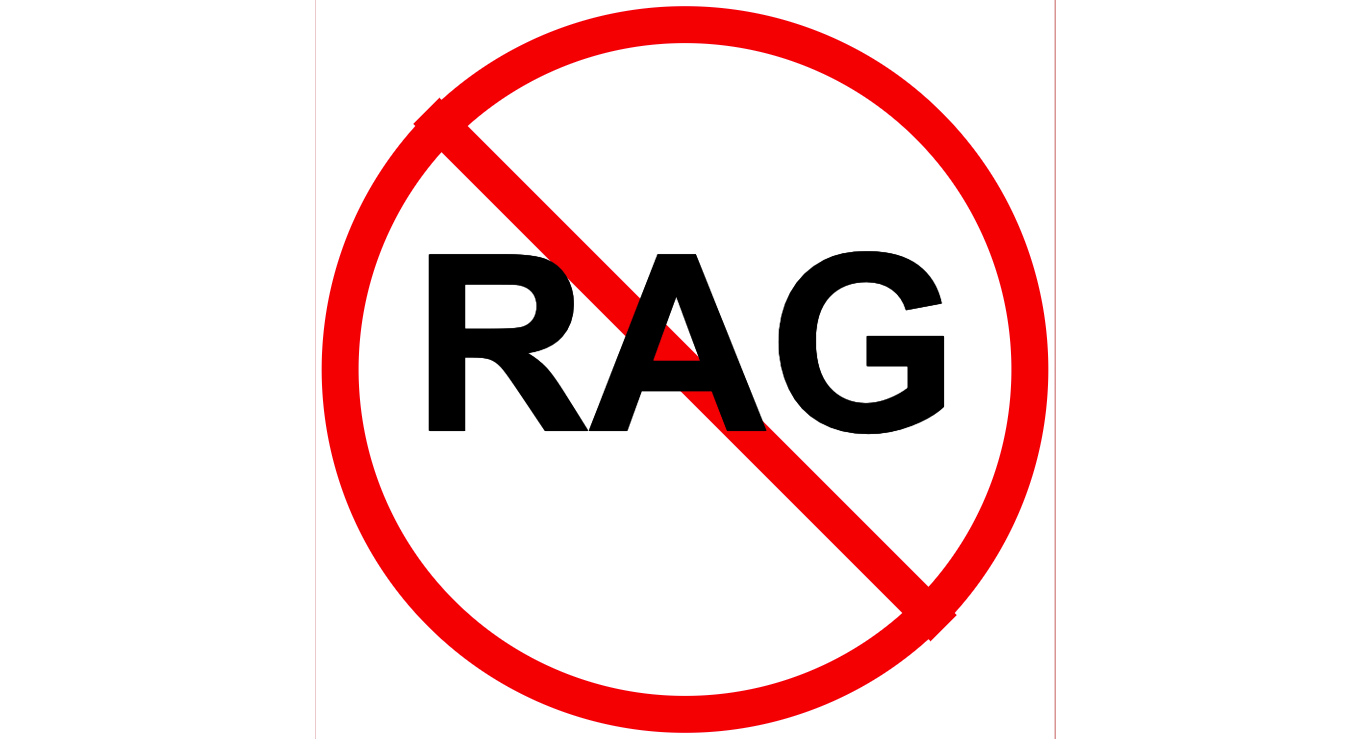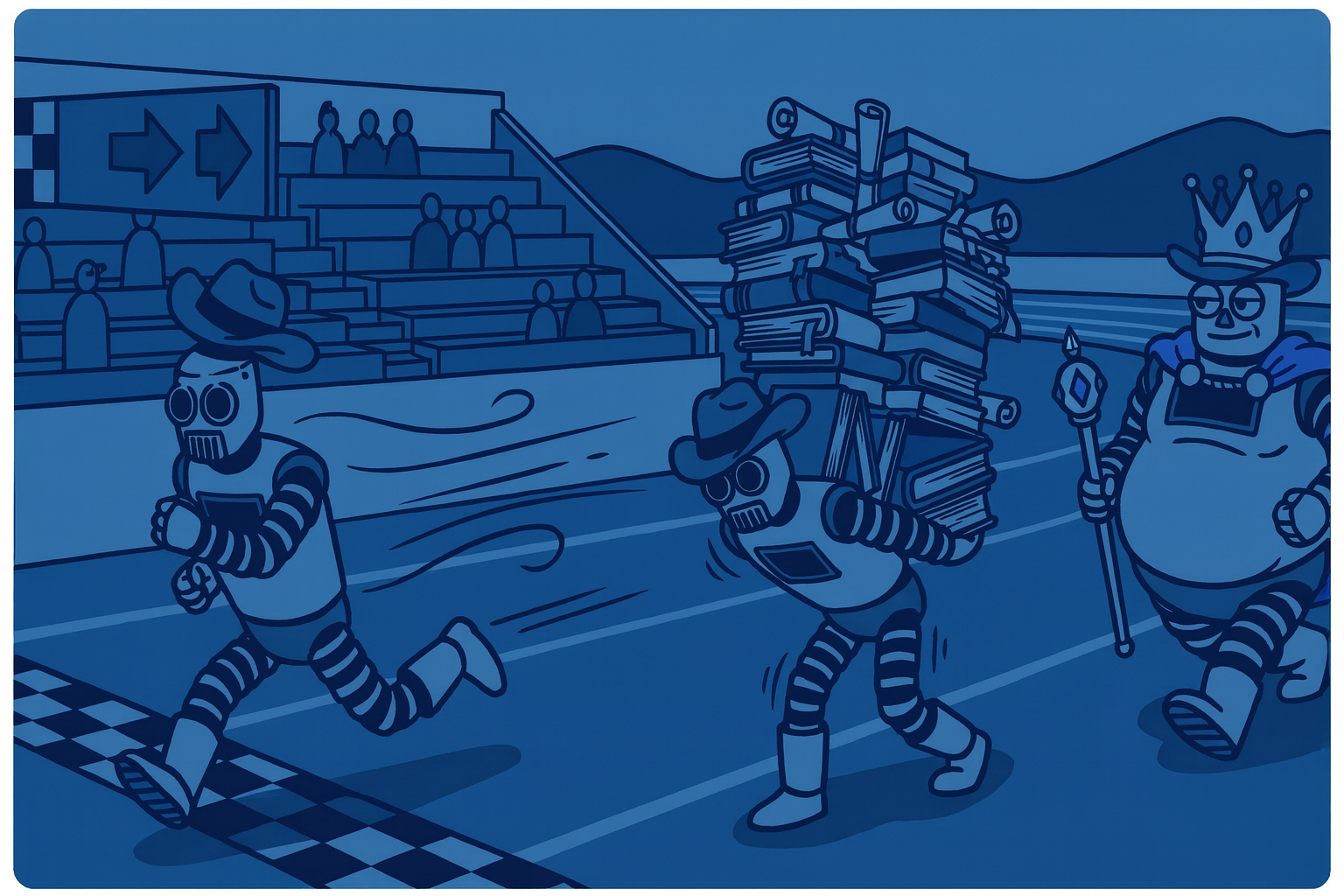Is RAG Dead? The Rise of Cache-Augmented Generation

As language models evolve, their context windows keep getting longer and longer. This evolution is challenging our assumptions about how we should feed information to these models. Enter Cache-Augmented Generation (CAG), a new approach that's making waves in the AI community.
What is CAG?
Cache-Augmented Generation loads all information into an LLM's memory upfront, rather than retrieving pieces as needed like traditional RAG (Retrieval-Augmented Generation) systems. Recent research suggests this approach can be both faster and more accurate in many scenarios.
Challenging Traditional RAG Assumptions
The most interesting aspect of CAG is how it challenges our fundamental assumptions about working with LLMs. We've become accustomed to carefully chunking our data and creating sophisticated retrieval systems. But what if we've been overcomplicating things?
Modern LLMs can handle significantly more context than many realize. We're seeing models that can process tens or even hundreds of thousands of tokens at once. This capability means we might not need to split everything into tiny chunks anymore.
The Performance Advantage
Every time we perform a retrieval operation, we add latency to our system. It's like stopping to look up information in different books rather than having all the information laid out in front of you. CAG suggests that sometimes, the fastest solution is simply to load everything at once and let the model work with complete information.
However, this isn't a one-size-fits-all solution. For smaller knowledge bases, loading everything at once makes perfect sense. For massive datasets, traditional RAG might still be the way to go. The key is matching your approach to your actual needs, not blindly following trends.
Designing for Flow and Scale
Good prompt engineering isn't just about clever retrieval tricks anymore. It's about creating efficient information pathways. When using CAG, we need to think carefully about how information connects and flows together. This means:
- Structuring information in a logical, connected way
- Thinking about how the model will process the full context
- Planning for how your system will grow
Your prompting strategy needs to scale with your data. As your knowledge base grows, you need to consider how your approach will handle 2x, 5x, or even 10x more data. Sometimes, the simpler systems end up being more scalable.
The Future of Information Retrieval
The rise of CAG doesn't mean RAG is dead. Rather, it suggests we're entering a new era where we have more options for how we feed information to our models. The best approach will depend on your specific use case, the size of your knowledge base, and your performance requirements.
Remember: Sometimes not retrieving is the best retrieval strategy. As context windows continue to grow, we might find ourselves moving away from complex retrieval systems and toward simpler, more direct approaches to working with LLMs.
The future of prompt engineering might be less about clever retrieval mechanisms and more about intelligent context management.



